On 3 different slopes of the appellation, making for 3 different expressions of Brunello di Montalcino.
The 3 Terroirs
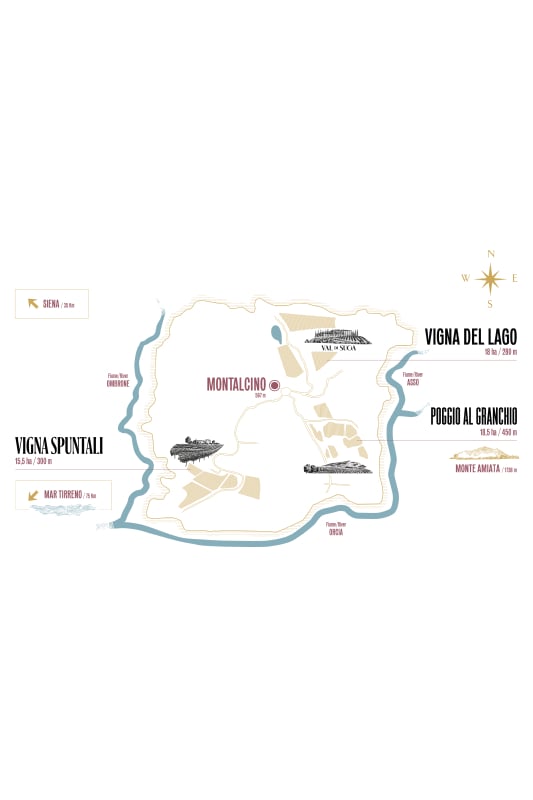
3 VINEYARDS
Vigna spuntali
Olive trees
Mediterranean scrub
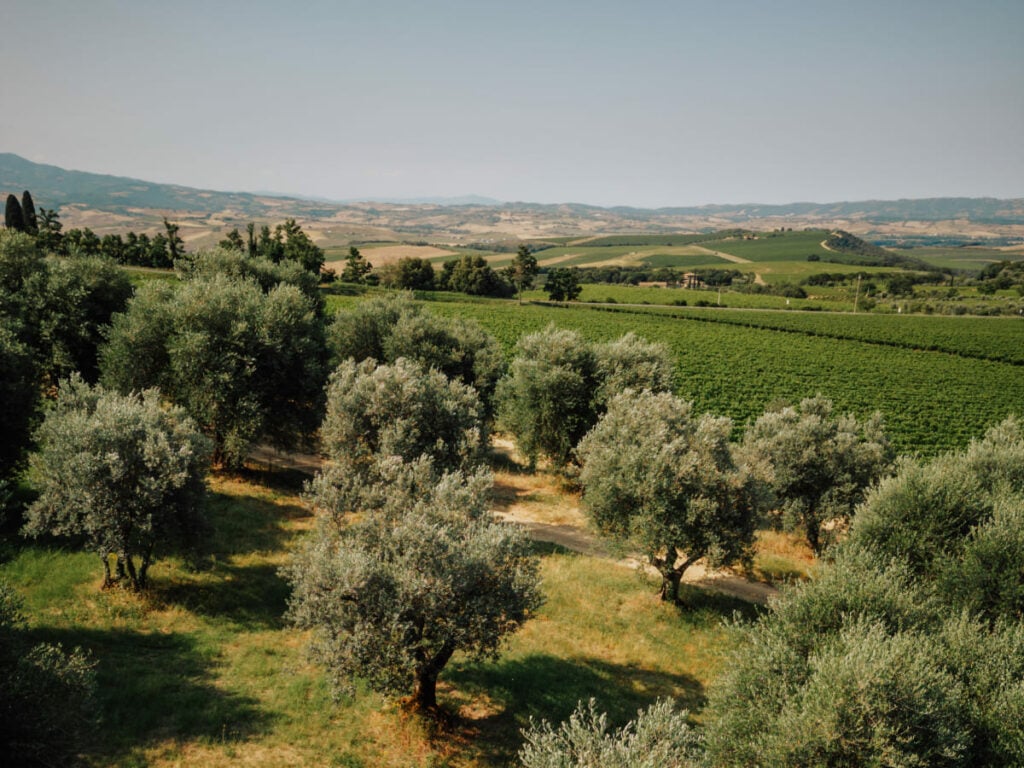
Poggio al granchio
Oak trees
Holm oaks
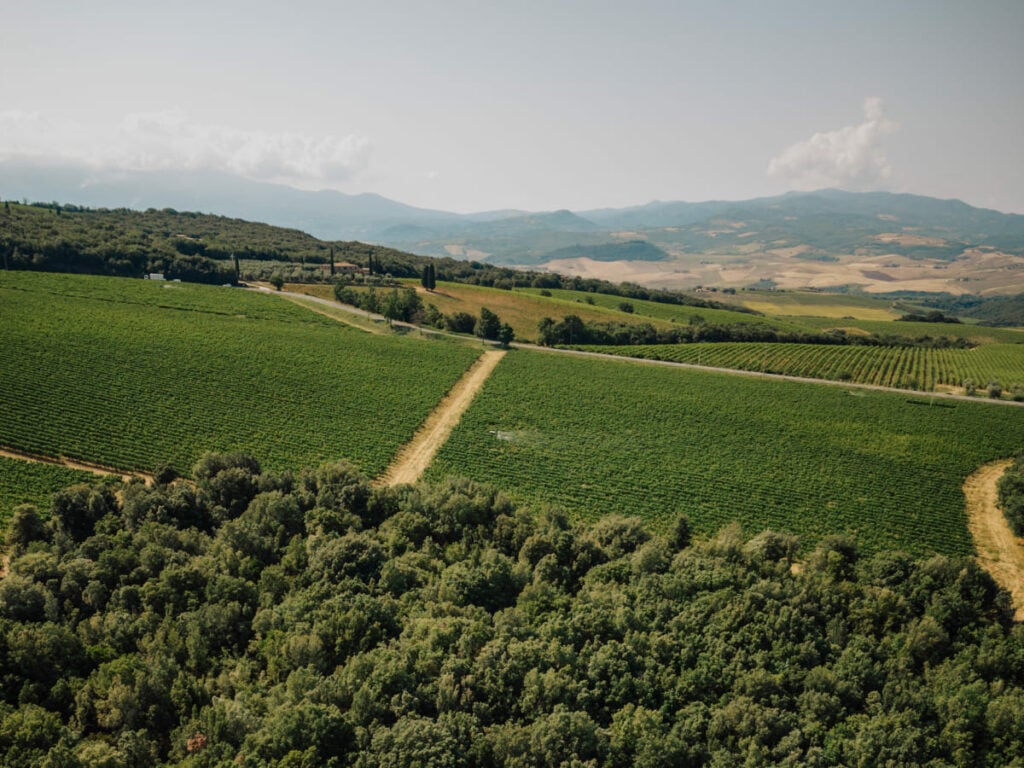
Vigna del lago
Cypresses
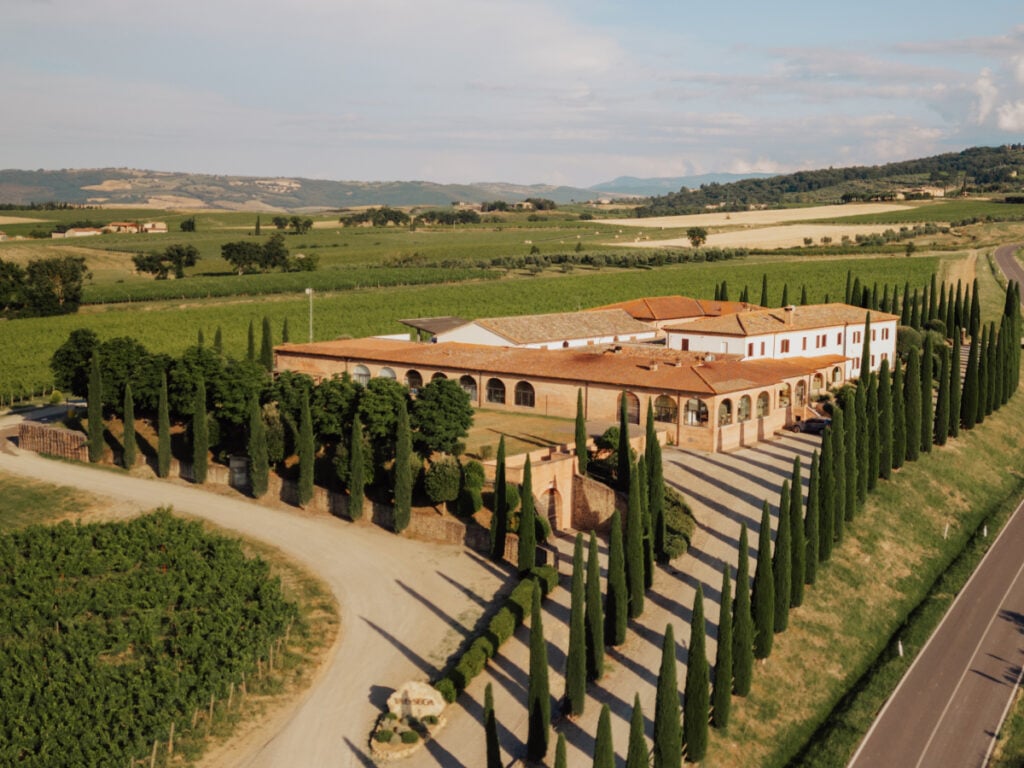
3 types of vegetation
Vigna spuntali
Sands from degraded Pietraforte
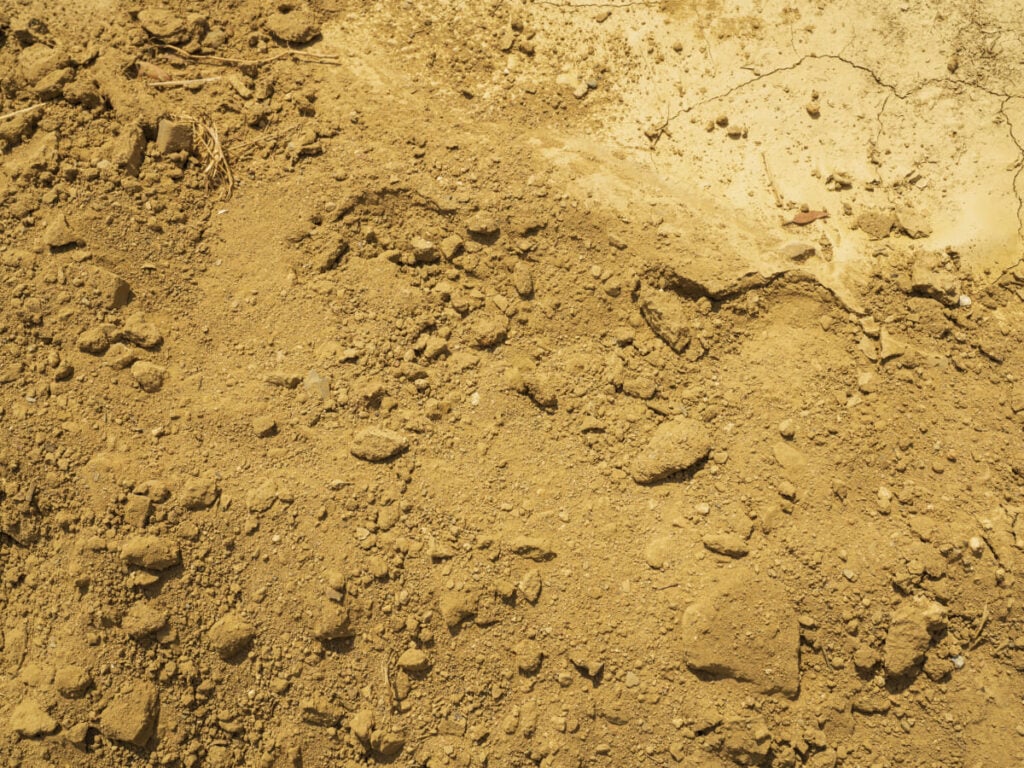
Poggio al granchio
Galestro schist
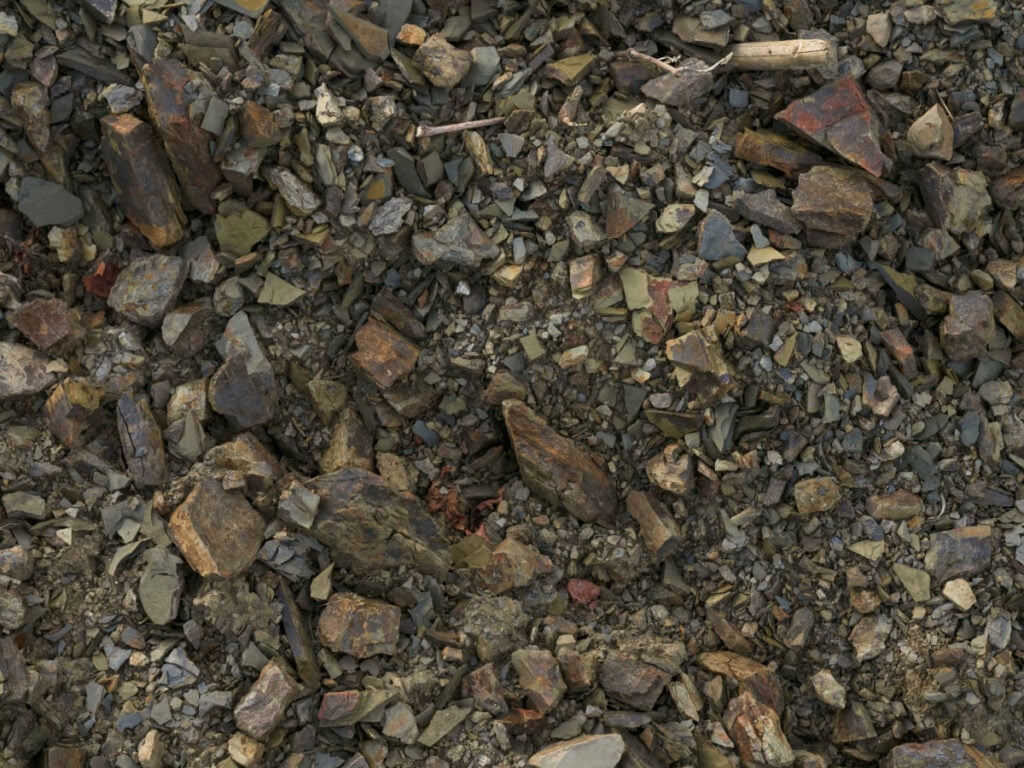
Vigna del lago
Clay
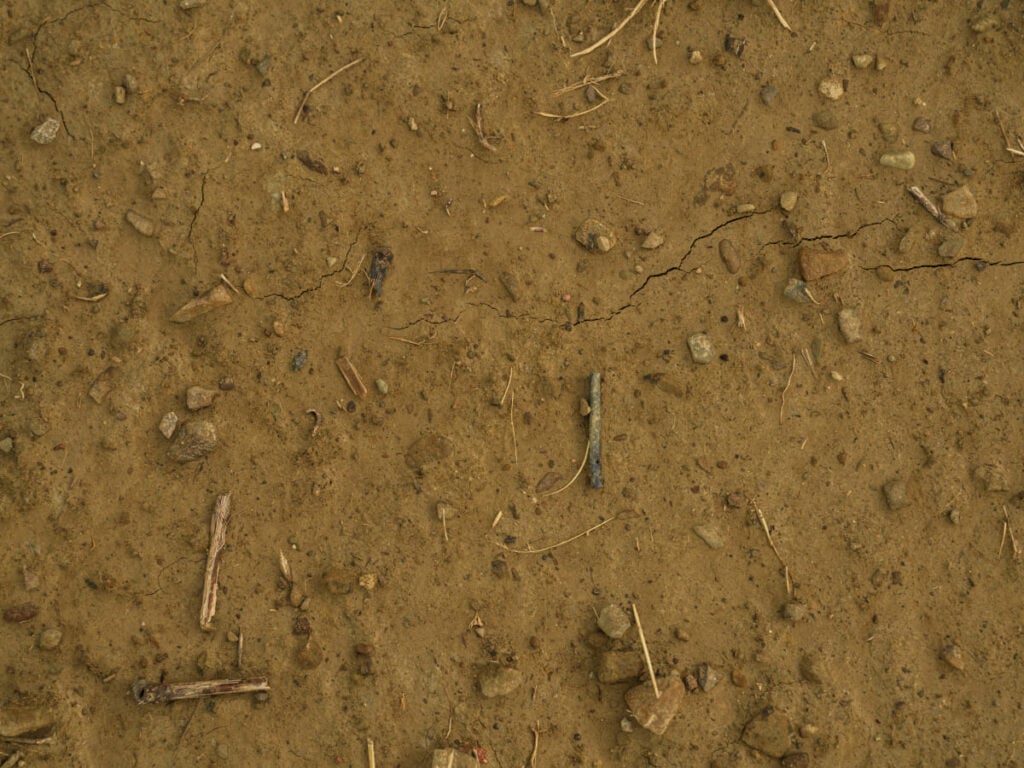
3 different Soils
Vigna spuntali
25-hl oval barrels and barriques
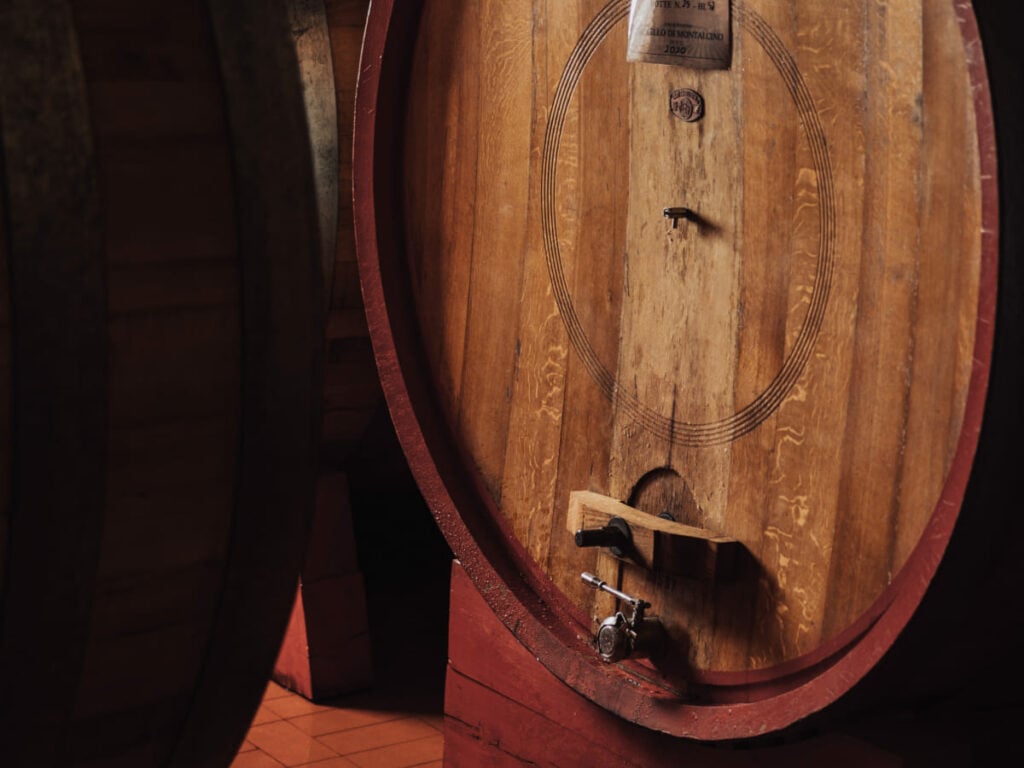
Poggio al granchio
60-hl truncated-cone barrels
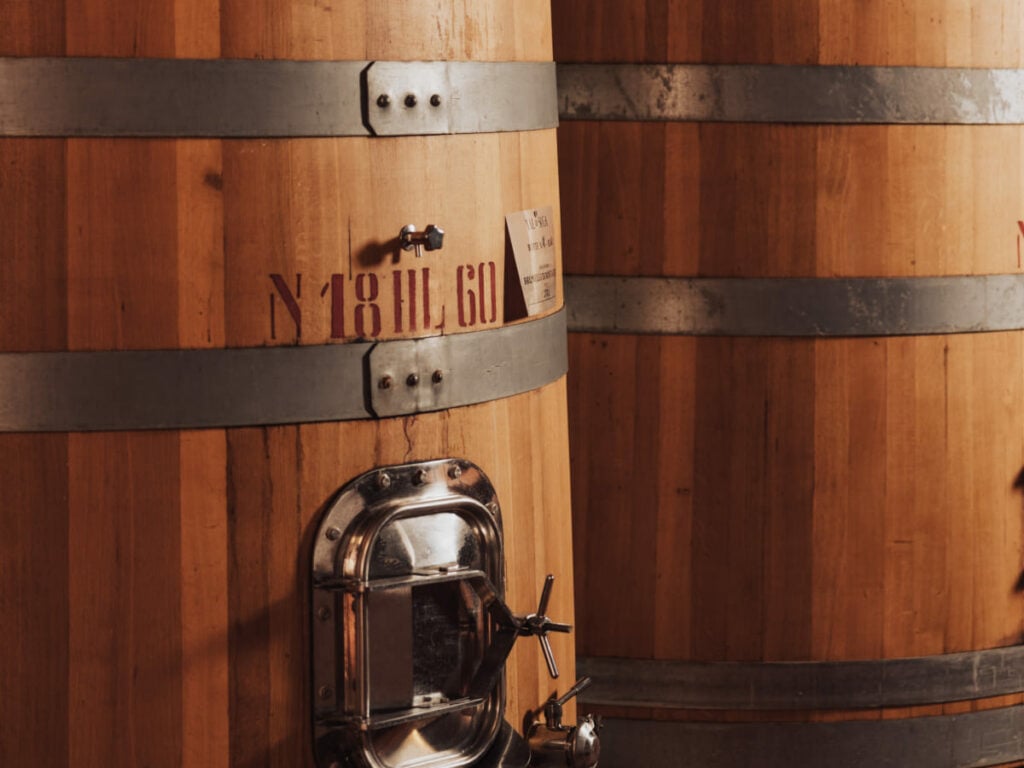
Vigna del lago
44-hl oval barrels
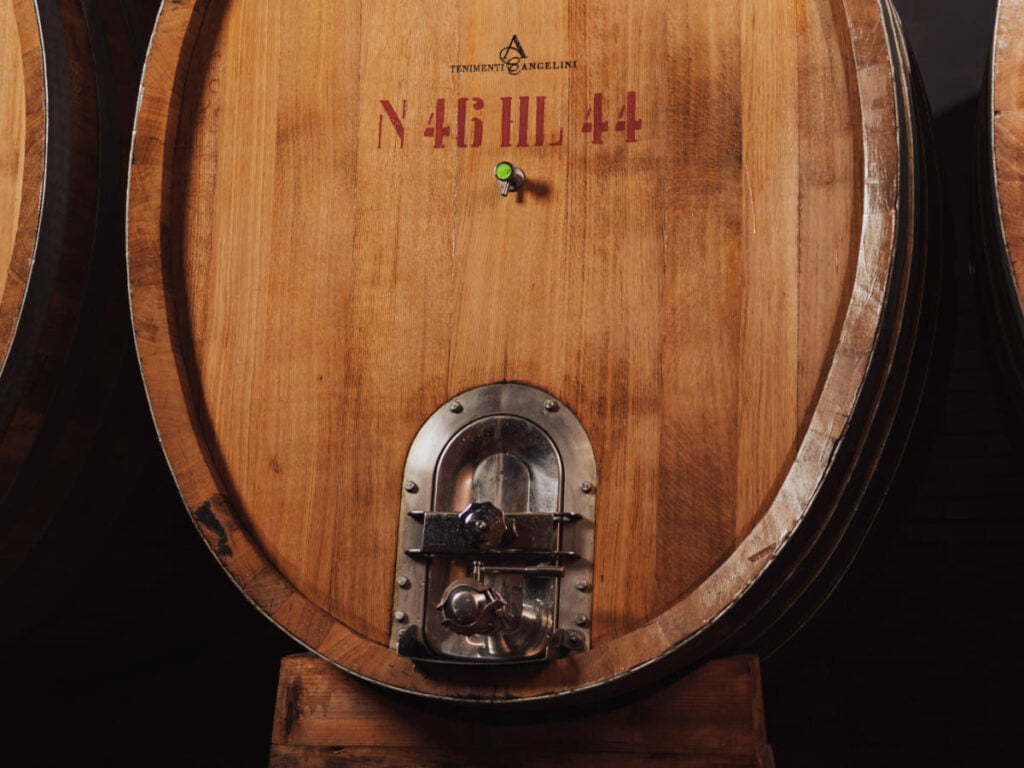
3 separate ageing areas
Discover Val di Suga wines
We have created 3 unique Brunello di Montalcino wines, as well as a blend that aspires to the perfect balance between the unique nature of each terroir, in order to bear witness to the value of these 3 vineyards.